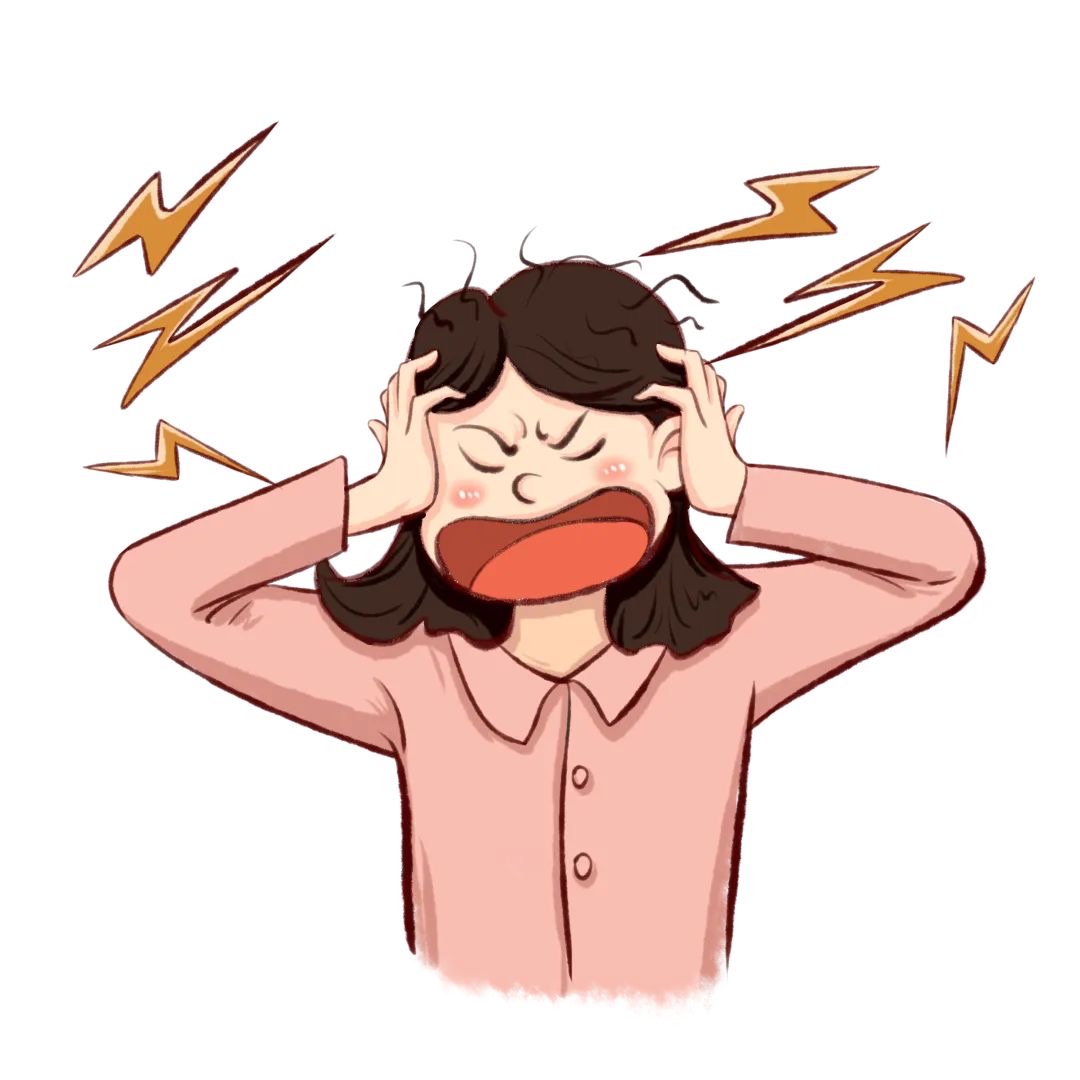Understanding Amygdala Hijack: Why We Sometimes “Lose It”

Have you ever lost control of your emotions and done something in the heat of the moment that you later regretted? Maybe you lashed out at your partner, child, a colleague, or even a stranger in traffic—only to realize afterward that your reaction was far too intense for the situation. This type of overreaction is known as an amygdala hijack.
⸻
What Is Amygdala Hijack?
Amygdala hijack is a term used to describe an immediate and intense emotional response that is disproportionate to the actual situation. It refers to those moments when the emotional part of your brain takes over, and rational thinking is temporarily shut down.
⸻
The Brain’s Role in Emotional Reactions
The human brain is made up of different parts that serve different functions:
• Neocortex (the outermost layer of the brain): Responsible for higher-order thinking, reasoning, and evaluating situations.
• Thalamus: Acts as a relay center, receiving sensory information and sending it to both the neocortex and the limbic system.
• Amygdala: A critical component of the limbic system that processes emotions, especially fear and anxiety. It integrates both internal and external stimuli and plays a major role in learned fear responses.
⸻
The Power of the Amygdala
The amygdala can exert a stronger influence over the neocortex than the other way around. This means that even if the rational brain eventually evaluates a situation as non-threatening, the emotional reaction triggered by the amygdala may have already taken over.
When the amygdala perceives a threat—real or not—it can quickly activate the fight-or-flight response before the neocortex has time to assess the situation rationally.
⸻
Frontal Lobes vs. Amygdala: A Tug of War
The frontal lobes, located at the front of the brain, are where logical reasoning and decision-making occur. They allow us to evaluate our emotions and determine an appropriate response.
In a calm state, the frontal lobes help us think through situations rationally. But in moments of perceived danger, the amygdala may bypass this process and trigger an automatic reaction.
If the threat is real, this reaction can be life-saving. But if the danger is imagined or exaggerated, the emotional response can be inappropriate—and this is what we call an amygdala hijack.
⸻
What Happens During an Amygdala Hijack?
When the amygdala hijacks the brain, it triggers the adrenal glands to release adrenaline and cortisol, the body’s main stress hormones. These hormones cause several physical reactions:
• Increased heart rate
• Dilated pupils (for enhanced vision)
• Sweaty palms and goosebumps
• Redirected blood flow to major muscle groups
• Elevated blood sugar for an energy boost
These changes are designed to help us fight or flee from danger. However, if there is no real threat, these physical and emotional reactions are out of place—and often lead to regretful behavior.
⸻
Common Signs of Amygdala Hijack
• Rapid heartbeat
• Sweaty palms
• Goosebumps
• Aggressive or overly emotional reactions
• Responses that are out of proportion to the actual event
⸻
The Aftermath
Although stress hormones like adrenaline and cortisol take only about six seconds to flood the body, the effects of an amygdala hijack can linger. People often feel regret after reacting emotionally inappropriately, especially if their behavior harmed others or damaged relationships.
⸻
Conclusion
Amygdala hijack illustrates how powerful our emotions can be when not managed properly. Understanding the science behind it—how the amygdala and frontal lobes interact—can help us become more self-aware and better equipped to pause, breathe, and respond with reason rather than react in the heat of the moment.



Comments (0)